The Ultimate Guide to Chamomile Tea
Herbal teas have been around for centuries, providing comfort and delicious brews, and their popularity has only grown in recent years.
One of the most iconic herbal teas is Chamomile tea. In this guide on chamomile tea, you’ll discover everything you need to know, from its origins and distinctive flavour profile to how to brew it perfectly at home. You'll also learn about its caffeine-free nature, its various health benefits, and even some surprising uses beyond just drinking it. Whether you're a seasoned tea enthusiast or a newcomer, this guide will offer valuable insights into why chamomile tea is a soothing and versatile addition to any tea collection.
What is Chamomile Tea?
Chamomile tea is a herbal tea made from the dried blossoms of flowers in the Asteraceae family, commonly known as Chamomile. There are several different varieties, but the type we use is German Chamomile (Matricaria chamomilla), grown in Croatia. This variety is known for producing more natural oil, which enhances its flavour compared to other types.

Herbal teas, or “tisanes” refer to a broad category of beverages made by infusing herbs, flowers, fruits, or vegetables in hot water. Unlike traditional teas such as black tea or green tea, which are made from leaves of the tea plant, Camellia sinensis, and contain caffeine, herbal teas are naturally caffeine-free. For individuals who are sensitive to caffeine or intolerant, herbal teas are a wonderful option to explore.
What Does Chamomile Tea Taste Like?
Chamomile tea has a natural, floral flavour with a mellow sweetness and notes reminiscent of apple and pear. It has a calming aroma and a delightful yellow infusion, and the brew is soothing to sip.
Like most floral teas, chamomile tea has a natural sweetness, but you wish to add a sweetener. We recommend honey, as its natural flavour complements and enhances the chamomile perfectly.

We use whole blossoms in our Chamomile tea; you can see the head of the flowers and the petals are still attached. Lower grade chamomile teas grind up the flowers and the stem, which reduces the natural flavour and can create a dusty aftertaste.
We recommend brewing chamomile for 3-4 minutes. Brewing it for much longer will start to overwhelm the subtle flavours and make the tea bitter.
How to Make Chamomile Tea: Using Loose-Leaf or Tea Bags
We offer our premium Whole Chamomile Blossoms in two convenient options: loose-leaf chamomile tea and chamomile tea bags. Whether you prefer the traditional loose-leaf method or the convenience of tea bags, our chamomile tea provides a soothing and aromatic experience with every cup.

How to Make Loose Leaf Chamomile Tea
A Step-by-Step Guide to Brewing Loose Leaf Chamomile Tea
What You’ll Need:
- Loose Leaf Chamomile Tea
- 200ml of boiling water (100°C)
- 1 cup or mug
- 1 tea infuser
Instructions:
- Measure 1-2g (a heaped teaspoon) of loose leaf Chamomile Blossoms and add them to your infuser.
- Place the infuser in your cup or mug, then pour approximately 200ml of boiling water over the blossoms.
- Allow the chamomile tea to brew for 3-4 minutes.
- Carefully remove the infuser from your cup.
- Sweeten with honey or sweetener of your choice, if desired
- Sit back and enjoy your freshly brewed cup of chamomile tea!
Pro Tip: If you’re making a pot of chamomile tea, use 1-2g (a heaped teaspoon) of chamomile per 200ml of water.
How to Make Chamomile Tea Bags
A Simple Guide to Brewing Chamomile Tea Bags
What You’ll Need:
- 1 Chamomile tea bag
- 1 cup or mug
- 200ml of boiling water (100°C)
Instructions:
- Place one chamomile tea bag into your cup or mug.
- Pour around 200ml of boiling water into the cup.
- Let the tea brew for 3-4 minutes to release its full flavour.
- Remove the tea bag (our Triune teabags are fully biodegradable and can be disposed of in household waste or composted)
- Sweeten with honey or a sweetener of your choice, if desired.
- Relax and enjoy your soothing chamomile tea!
Pro Tip: If making a pot of chamomile tea, use one additional tea bag per 200ml of water.
Does Chamomile Tea Have Caffeine?
Chamomile tea has been enjoyed for centuries as a soothing drink that promotes relaxation and better sleep. Chamomile tea is naturally caffeine-free, making it an excellent choice for those looking to reduce caffeine consumption or manage caffeine sensitivity. Even if you enjoy your caffeine fix during the day, you can enjoy a calming cup of chamomile in the evening to help you unwind.
For more caffeine-free teas, see our Herbal Teas collection.
In addition to being caffeine-free, chamomile tea boasts several other properties that make it perfect as a nighttime brew. Chamomile contains apigenin, a powerful antioxidant that binds to specific receptors in your brain, which may promote sleepiness and reduce insomnia. A 2019 study also that found chamomile helped reduce symptoms in individuals with anxiety.

Health Benefits of Chamomile Tea
Chamomile has been used for centuries as a natural remedy for a variety of ailments, offering numerous potential health benefits. Chamomile tea contains compounds that may reduce inflammation, which could help ease symptoms of arthritis, autoimmune disorders, and other chronic health issues.
For those suffering from a cold, chamomile tea can offer immune system support, help relieve headaches and congestion and soothe sore throats. Chamomile also contains quercetin, a naturally occurring flavonoid, which gives it potential antimicrobial and antiviral properties.
Chamomile tea may also assist in lowering blood sugar levels- a 2021 study found that drinking chamomile tea twice a day helped improved diabetes symptoms and overall management of the condition in diabetics.
However, chamomile tea may not be suitable for those with severe pollen allergies. As with all herbal teas, we recommend consuming it in moderation.
Additional Benefits and Uses of Chamomile Tea
Chamomile has a wide range of benefits beyond drinking. It is often used in skincare products such as creams and lotions due to its soothing properties. Once brewed, chamomile leaves can be re-used as fertiliser, providing an eco-friendly way of nourishing your garden.
We’re proud to use 100% biodegradable Triune Teabags for our chamomile tea, offering a sustainable option for green tea lovers.
Chamomile tea can also be incorporated into a variety of recipes – from making your own tea blends to creating cocktails, baked goods, or desserts.

Summary
In short, chamomile has been a go-to herbal tea for centuries, and its popularity continues to grow!
It stands out with its gentle floral notes and calming properties, and whether you’re wanting to reduce your caffeine intake, try out the health benefits or just want a relaxing brew, this is a delicious tea have as a cupboard staple.
From Peppermint to South African Rooibos, we offer a range of award-winning Herbal Teas here at The Tea Makers of London.
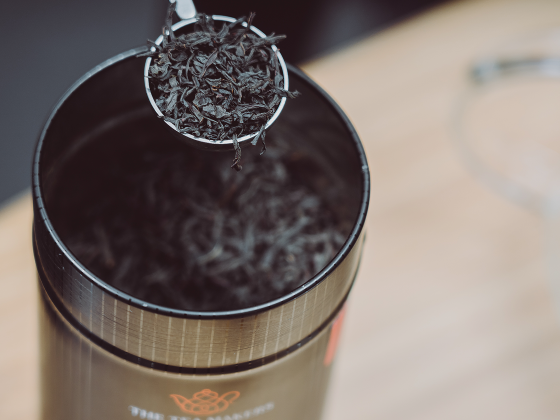

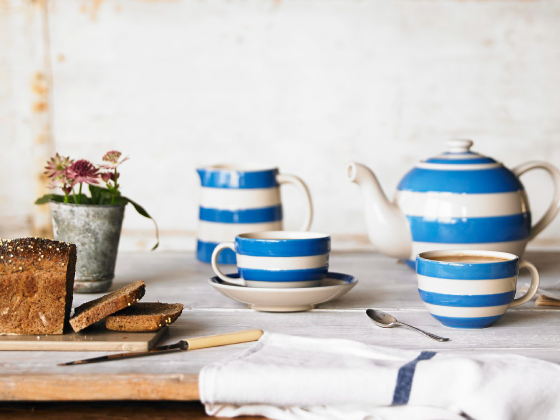



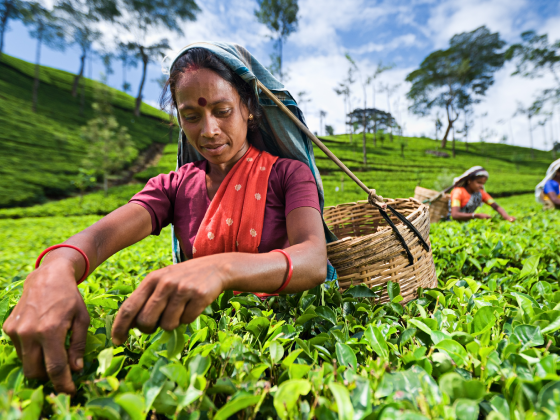
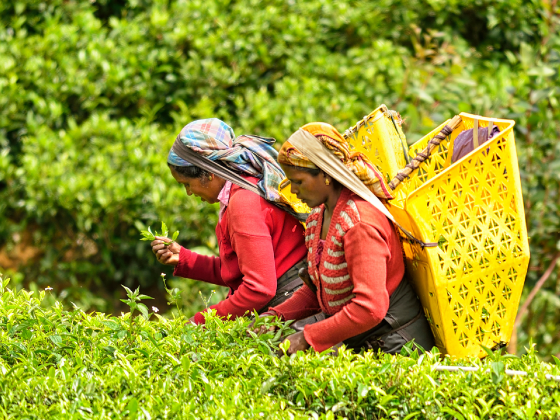


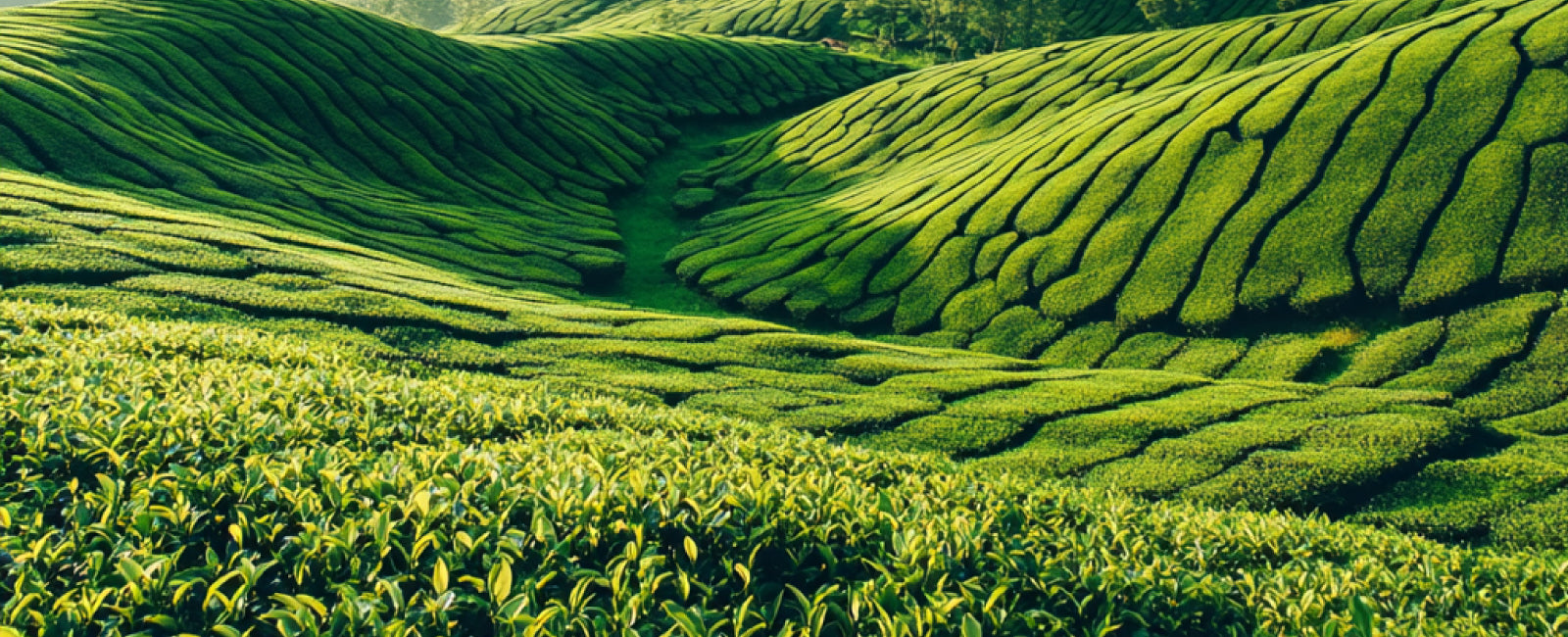
1 comment
Surafiel
thank you for the information about
The Chamomile Tea
thank you for the information about
The Chamomile Tea